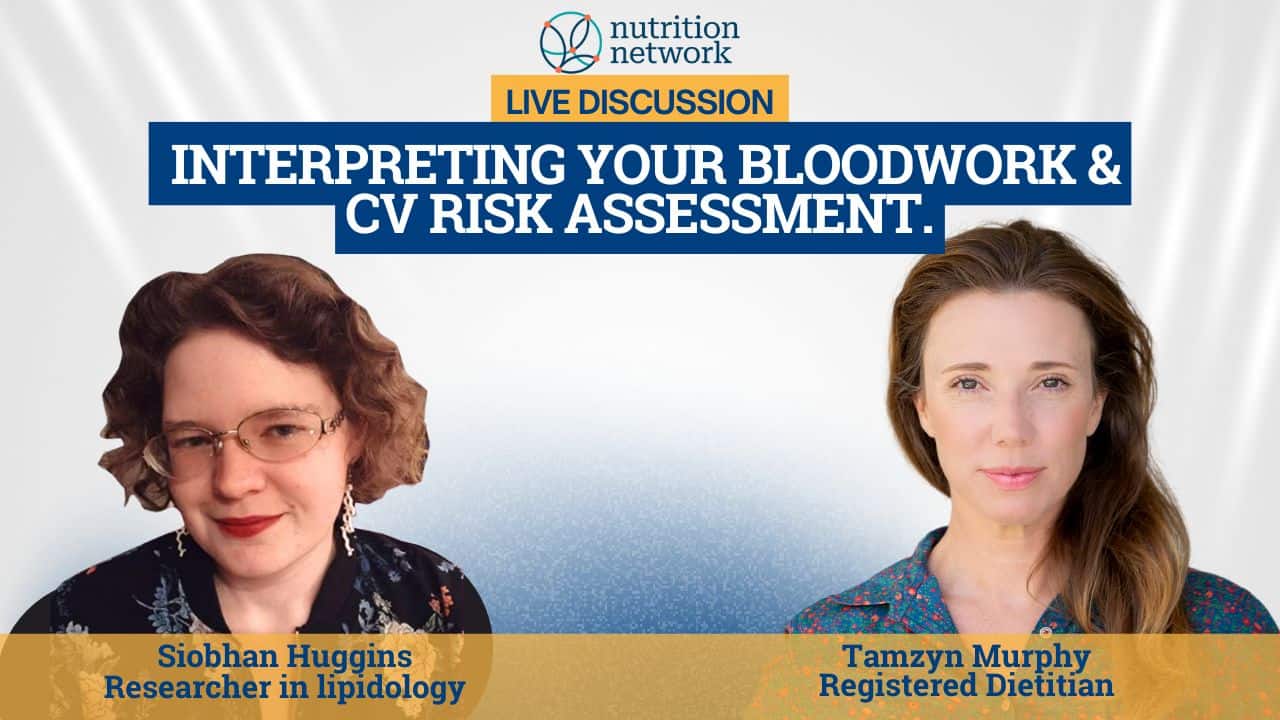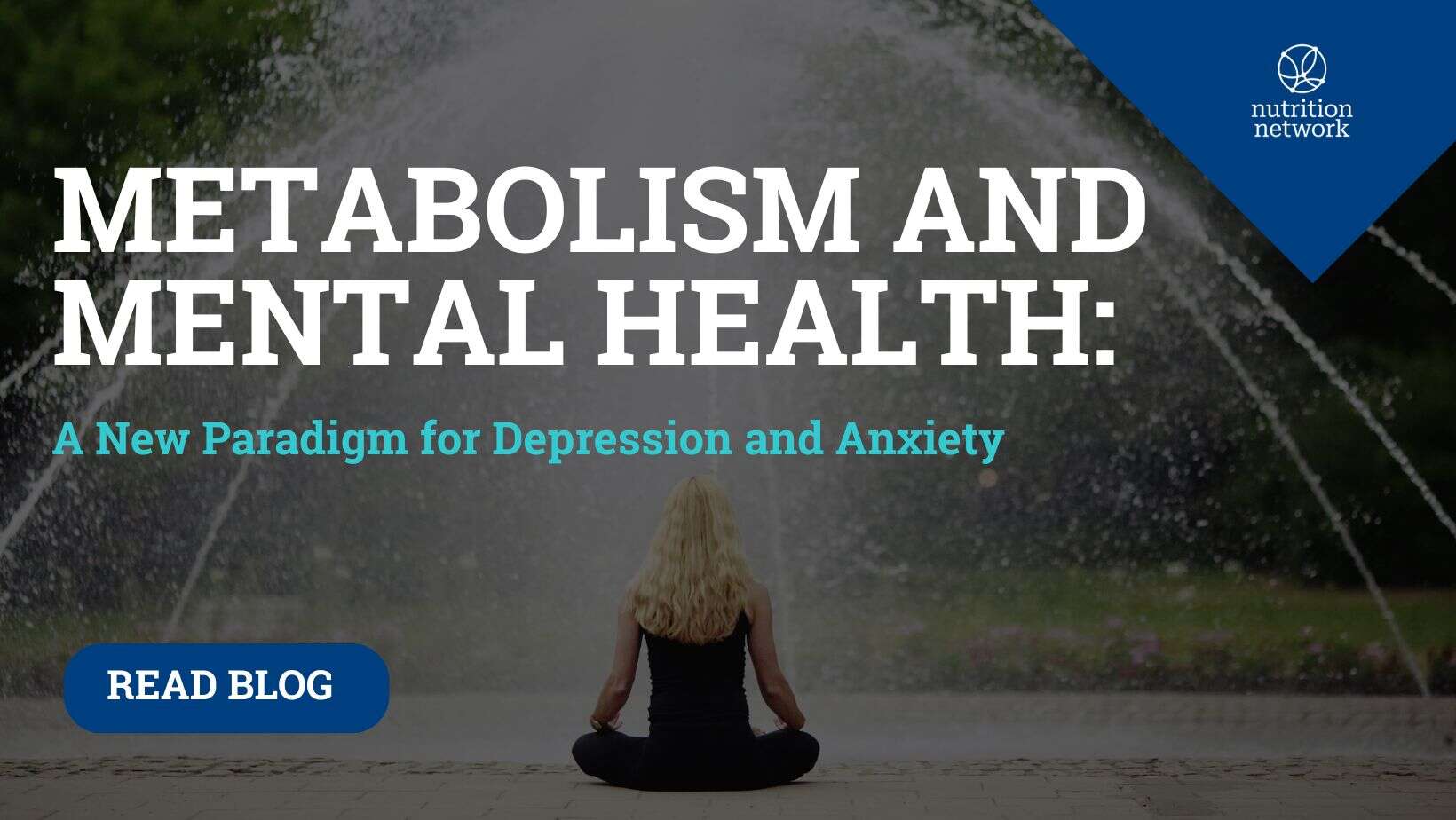Intermittent fasting can help you lose weight naturally by changing when you eat, not what you eat. This simple eating pattern has helped millions of people shed pounds without counting calories or following complicated diet rules.
If you’re tired of diet plans that don’t work, intermittent fasting might be the answer you’ve been looking for. This guide will show you exactly how to start, what to expect, and why it works so well for natural weight loss.
What Is Intermittent Fasting and How Does It Work?
Intermittent fasting isn’t a diet – it’s an eating pattern. You switch between periods of eating and fasting on a regular schedule. Instead of worrying about what foods to eat, you focus on when to eat them.
Think of it like this: you already fast every night when you sleep. Intermittent fasting just extends that natural fasting period a bit longer.
The Science Behind Weight Loss
When you don’t eat for several hours, your body makes some pretty cool changes:
- Your body can go into short-term ketosis, where it burns fat for energy instead of glucose
- Your insulin levels drop significantly, which helps your body burn fat more easily
- Your human growth hormone levels may increase, which helps with fat burning and muscle building
After hours without food, your body uses up its sugar stores and starts burning fat. This process is called metabolic switching, and it’s the key to how intermittent fasting helps with weight loss. According to Johns Hopkins Medicine, our bodies evolved to be able to go without food for many hours or even days.
Why It Works Better Than Other Diets
Most diets fail because they’re too complicated or restrictive. Intermittent fasting is different because:
- It’s simple – You don’t need to count calories or track macros
- It’s flexible – You can choose the schedule that fits your life
- It’s sustainable – You can do it long-term without feeling deprived
Popular Intermittent Fasting Methods for Weight Loss
Let’s look at the most effective and beginner-friendly approaches:
The 16:8 Method (Most Popular)
The 16:8 method involves eating during an 8-hour window and fasting for 16 hours. This is the most popular approach because it’s easy to follow.
How it works:
- Eat all your meals within 8 hours (like 10 AM to 6 PM)
- Fast for the remaining 16 hours
- Drink water, black coffee, or plain tea during fasting hours
Example schedule:
- 10 AM: First meal
- 2 PM: Lunch
- 6 PM: Last meal
- 6 PM to 10 AM next day: Fasting
The 12:12 Method (Best for Beginners)
The 12-hour fasting method is the easiest for people starting intermittent fasting. You fast for 12 hours and eat during the other 12 hours.
Example: Stop eating at 7 PM and don’t eat again until 7 AM the next morning.
This method is great because most of your fasting happens while you sleep.
The 5:2 Method
With the 5:2 diet, you eat normally for five days and reduce calories to 500-600 on two non-consecutive days.
How it works:
- Eat normally Monday, Wednesday, Friday, Saturday, Sunday
- Eat only 500-600 calories on Tuesday and Thursday
- Choose any two non-consecutive days that work for you
The Eat-Stop-Eat Method
This involves fasting for 24 hours once or twice per week. You might eat dinner one day and not eat again until dinner the next day.
Note: This method is more advanced and should only be tried after you’re comfortable with shorter fasting periods.
The Weight Loss Benefits of Intermittent Fasting
Research shows that intermittent fasting can be very effective for weight loss. Here’s what the science tells us:
Proven Weight Loss Results
Studies show weight loss rates ranging from 0.8% to 13% of starting body weight. Alternate-day fasting and the 5:2 diet can produce 4-8% weight loss after 8-12 weeks, while time-restricted eating helps people lose 3-4% of body weight. Research published in the Canadian Family Physician shows that intermittent fasting can be effective for treating obesity in primary care settings.
How It Helps You Lose Weight
- Reduces calorie intake naturally – You eat fewer calories overall when you limit your eating window
- Boosts metabolism – Intermittent fasting slightly increases your metabolic rate
- Improves hormone function – Better insulin sensitivity and increased fat-burning hormones
Beyond Weight Loss: Other Health Benefits
Intermittent fasting offers more than just weight loss:
- Better blood sugar control – Studies show fasting blood glucose reduced by 0.15 mmol/L and insulin levels dropped by 13.25 units
- Reduced inflammation – Research shows intermittent fasting can reduce inflammatory markers in the blood
- Improved heart health – Studies found better blood pressure and heart rate measurements
- Better brain function – Some studies suggest improved focus and mental clarity
A comprehensive review in Nutrients journal found that intermittent fasting significantly improves insulin resistance and helps with blood sugar control in people with metabolic syndrome.
How to Start Intermittent Fasting Safely
Starting intermittent fasting doesn’t have to be overwhelming. Here’s a step-by-step approach:
Step 1: Choose Your Method
Begin with the 12:12 method if you’re new to fasting. Start with 12 hours of fasting, most of which you’ll be sleeping.
Step 2: Pick Your Eating Window
Choose times that work with your schedule:
- Early birds: 7 AM to 7 PM
- Night owls: 11 AM to 11 PM
- Work schedule: 12 PM to 8 PM
Step 3: Start Gradually
Take a gradual approach – try 12:12 for a few days, then move to 14:10, and finally 16:8 when you feel ready.
Step 4: Stay Hydrated
During fasting hours, drink plenty of:
- Water
- Black coffee
- Plain tea (green, black, herbal)
- Sparkling water
Step 5: Focus on Nutrition
During eating windows, focus on quality, healthy foods like fruits, vegetables, whole grains, low-fat dairy, and lean protein.
What to Eat During Your Eating Window
The foods you choose during your eating window matter for weight loss success. Here’s how to eat for better results:
Best Foods for Weight Loss
- Protein-rich foods: Chicken, fish, eggs, beans, tofu
- Healthy fats: Avocados, nuts, olive oil, salmon
- Complex carbs: Brown rice, quinoa, sweet potatoes
- Fiber-rich foods: Vegetables, fruits, legumes
Foods to Limit
Limit ultra-processed foods like packaged snacks, deep-fried items, and sugary drinks as these can reduce the positive effects of intermittent fasting.
Meal Planning Tips
- Plan your meals ahead – Know what you’ll eat during your window
- Don’t overeat – If you eat too much during eating periods, you may not lose weight
- Include all food groups – Balance proteins, healthy fats, and complex carbs
Common Side Effects and How to Handle Them
Like any eating change, intermittent fasting can cause some side effects, especially when you’re starting out.
Normal Side Effects
Common side effects include headaches, tiredness, crankiness, and constipation. Hunger is the most common side effect, especially during the first few days.
How to Minimize Side Effects
- Start slowly – Begin with shorter fasting periods
- Stay hydrated – Drink plenty of water
- Get enough sleep – Poor sleep makes fasting harder
- Listen to your body – Don’t push through severe discomfort
When Side Effects Go Away
Most people experience hunger symptoms only during the first few days of fasting. Your body typically adjusts within a week or two.
Who Should Avoid Intermittent Fasting
Intermittent fasting isn’t safe for everyone. It’s not recommended for people under 18, those with a history of eating disorders, or those who are pregnant or breastfeeding.
People Who Should Not Try Intermittent Fasting
- Pregnant or breastfeeding women
- People with diabetes (especially Type 1)
- Those with eating disorders
- People taking certain medications
- Children and teenagers
When to Talk to Your Doctor
Check with your doctor before trying intermittent fasting, especially if you have diabetes, take blood pressure medication, or get dizzy when standing up. According to Harvard Health Publishing, people who take medications for blood pressure or heart disease may be more prone to mineral imbalances during fasting.
Recent Research and Safety Concerns
It’s important to stay informed about the latest research on intermittent fasting.
Recent Study Findings
A 2024 study of over 20,000 adults found that those who followed an 8-hour eating schedule had a 91% higher risk of death from cardiovascular disease. However, this was an observational study, which means it shows a connection but not necessarily that intermittent fasting caused the problem. The research was presented at the American Heart Association’s scientific sessions and requires further investigation.
What This Means for You
Experts say not to panic about this study, as it doesn’t prove cause and effect. The research is still ongoing, and many studies show benefits from intermittent fasting.
The Bottom Line on Safety
For most people, a time-restricted eating approach can be safe when done properly. The key is to:
- Start gradually
- Listen to your body
- Work with a healthcare provider if needed
- Focus on eating quality foods during your eating window
Making Intermittent Fasting Work Long-Term
Success with intermittent fasting comes from making it a sustainable lifestyle change, not a quick fix.
Keys to Long-Term Success
- Choose a schedule you can stick with – Pick eating windows that fit your life
- Be flexible – Adjust your schedule for special occasions
- Focus on overall health – Weight loss is just one benefit
- Combine with exercise – Pair resistance training with intermittent fasting to prevent muscle loss
Common Mistakes to Avoid
- Starting too aggressively – Begin with shorter fasting periods
- Ignoring hunger cues – It’s normal to feel hungry at first
- Eating poorly during eating windows – Quality still matters
- Giving up too quickly – Allow time for your body to adjust
Building Healthy Habits
Intermittent fasting works best when combined with other healthy habits:
- Regular exercise
- Adequate sleep
- Stress management
- Staying hydrated
Remember, natural weight loss is about making changes you can maintain for life, not just quick fixes.
Intermittent Fasting vs. Other Weight Loss Methods
How does intermittent fasting compare to other popular weight loss approaches?
Intermittent Fasting vs. Calorie Counting
Recent studies show that limiting your eating window has similar weight loss effects to daily calorie restriction. Research from Mayo Clinic Health System indicates that alternate-day fasting is about as effective as a typical low-calorie diet for weight loss. The main difference is that intermittent fasting may be easier to follow because:
- No need to count calories
- Simpler meal planning
- More flexibility in food choices
Intermittent Fasting vs. Other Diets
For some people, restricting calories every day works best. For others, it might be easier to use intermittent fasting. The best approach is the one you can stick with long-term.
Why Intermittent Fasting May Be Right for You
Consider intermittent fasting if:
- You prefer simplicity over complexity
- You don’t like tracking calories
- You want flexible meal timing
- You’re looking for sustainable changes
Final Thoughts
Intermittent fasting can be an effective tool for natural weight loss, but it’s not magic. The weight loss comes from eating fewer calories overall, not from the timing alone. What makes it special is how it helps you eat less without feeling deprived.
The key to success is finding an approach that fits your lifestyle and health needs. Start slowly, listen to your body, and focus on eating quality foods during your eating windows.
Remember, lasting weight loss is about creating healthy habits you can maintain for life. If you’re looking for personalized guidance on your weight loss journey, consider working with a qualified nutritionist who can help you create a plan that works for your specific needs and goals.
Ready to start your natural weight loss journey? Begin with the 12:12 method for a week, then gradually extend your fasting window as you feel comfortable. Your body will thank you for taking this gentle, sustainable approach to better health.
For more support on your wellness journey, explore our programs designed to help you achieve lasting results through personalized nutrition guidance.










